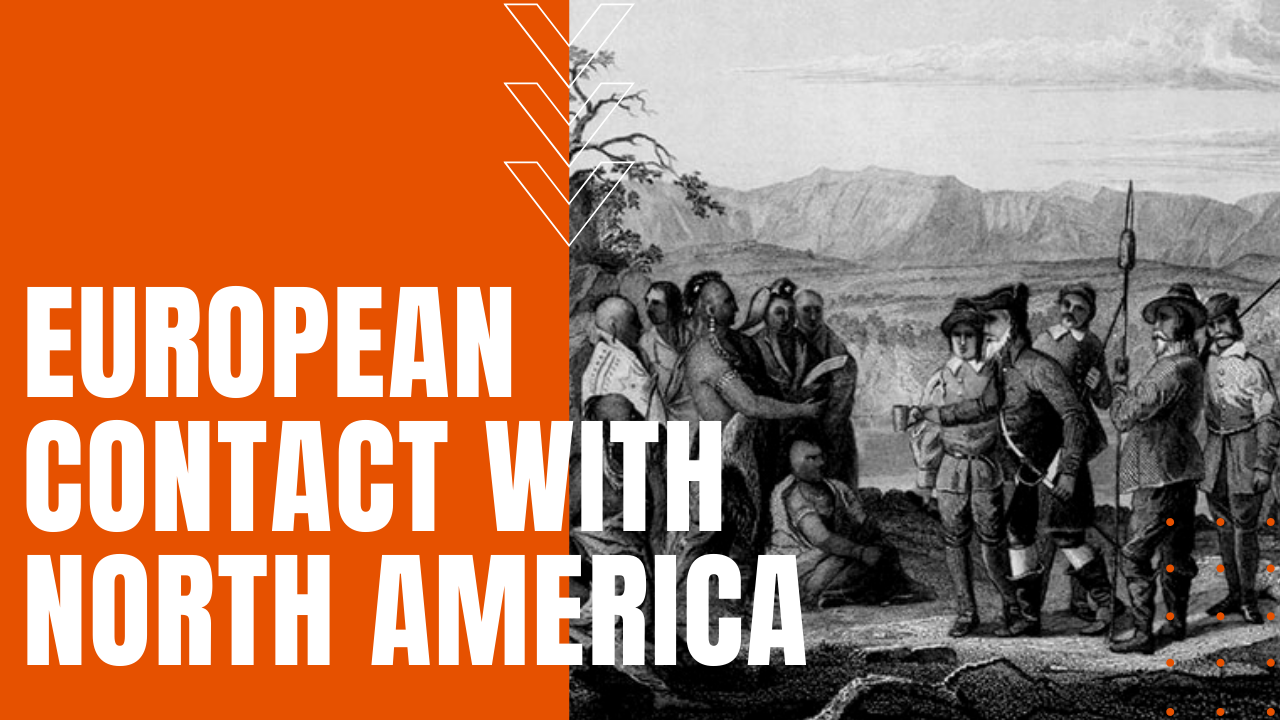Early European Contacts in North America

After the Vikings established a settlement in Newfoundland around 1000 A.D., surviving Norse stories tell of frequent violence between Vikings and Native Americans, leading to the eventual abandonment of their Canadian settlements by the mid-14th century.
15th Century Construction and Ocean Crossing
By the 15th century, improved navigation techniques and ship designs witnessed a dramatic uptick in European contacts in North America, primarily by Spain, Portugal, England, France and the Dutch, as enterprising merchant explorers sought a shortcut to Asia and the Spice Islands.
First among them was Christopher Columbus, who in 1492 at first mistook islands in the Caribbean to be Asia or the East Indies, trading with the mistakenly-named Indians such items as glass beads and brass bells in exchange for parrots, cotton and spears, noting in letters and diary entries that the local Taino Indians of Hispaniola “would make fine servants” or slaves.
Contrary to popular beliefs, most Native Americans never mistook European explorers for gods, and while fictional accounts about the savage, cannibalistic practices of Native Americans had widely circulated throughout Europe during the Age of Exploration, most Native Americans found Europeans to be filthy and unkept, while their food was deemed largely inedible. At the same time, Native Americans quickly embraced many European goods they considered useful or disruptive to their cultures, including metal tools, weapons and finely-woven cloth.
Trade, Tribulation and Tragedy
For the most part, when a Native American culture possessed tradable commodities that Europeans found valuable—such as Aztec, Incan and Mayan gold—relations remained peaceful, only turning violent when a given native population lacked any sought after tradable goods that European merchants found useful.
To make matters worse, the introduction of foreign diseases such as smallpox, measles and influenza led to the deaths of an estimated 90% of North American populations after contact with Europeans was made. A second tragic consequence was slavery, which raged in nearly all native populations lacking commodities deemed valuable by European merchants, in effect turning the natives themselves into commodities widely sought in Europe, Asia and European colonial settlements, making early contact by European merchant explorers, some of the deadliest encounters in Native American history.
